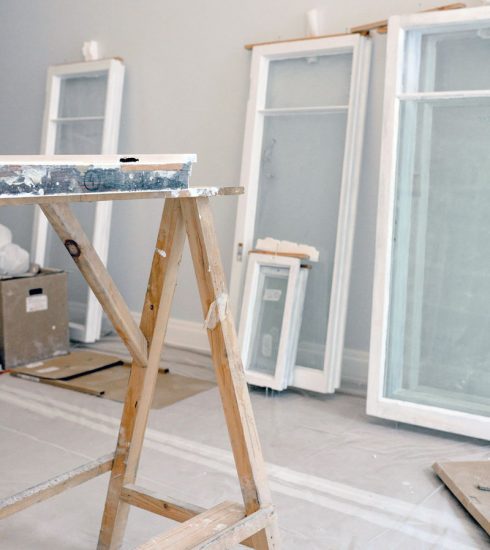Modern Concepts in Building Construction
Building construction is a complex and challenging field that has undergone major advancements over the past few decades. From the traditional brick and mortar buildings to the modern skyscrapers, the construction industry has seen a significant transformation in terms of materials, techniques, and design. The advancement in technology has enabled engineers, architects, and builders to come up with innovative and sustainable solutions for construction. In this article, we will discuss some of the modern concepts in building construction that have become popular in recent times.
Green Building
Green building refers to the construction of environmentally friendly buildings that have a minimal impact on the environment. The goal of green building is to reduce the carbon footprint of buildings by using sustainable materials and energy-efficient technologies. The focus is on creating buildings that are not only efficient but also healthy for the occupants.
Green building is achieved through the use of materials that are environmentally friendly and sustainable, such as bamboo, recycled steel, and low-emitting glass. The use of insulation and other energy-saving features helps reduce the energy consumption of buildings. Additionally, green buildings are equipped with features such as rainwater harvesting, green roofs, and other environmentally conscious technologies.
Prefabrication and Modular Construction
Prefabrication and modular construction are modern concepts in building construction that have gained popularity in recent times. Prefabrication involves constructing components of a building off-site, and then transporting them to the building site for assembly. This method of construction is known for its speed, efficiency, and cost-effectiveness.
Modular construction, on the other hand, involves building entire sections of a building off-site and then assembling them on-site. The sections are prefabricated and made to a high degree of precision, which reduces the need for on-site labor and increases the speed of construction.
The use of prefabrication and modular construction has increased due to its benefits such as improved quality control, reduced construction waste, and faster completion times. The method of construction is also more sustainable, as the materials and components used in prefabrication can be reused and recycled.
BIM (Building Information Modeling)
Building Information Modeling (BIM) is a digital representation of a building’s design, construction, and performance. The technology allows architects, engineers, and builders to visualize and model a building before it is even constructed. BIM provides a comprehensive understanding of a building’s design, construction, and performance, and helps identify potential problems before construction begins.
The use of BIM has revolutionized the construction industry, as it helps reduce the risk of mistakes, improves the accuracy of construction, and reduces the time and cost of construction.
The technology also helps with the collaboration between different teams, as they can access the same information and make changes in real-time.
Sustainable Materials
The use of sustainable materials in building construction is one of the most important modern concepts. These materials are not only environmentally friendly, but also help reduce the carbon footprint of buildings. Sustainable materials, such as bamboo, recycled steel, and low-emitting glass, are designed to conserve energy, reduce waste, and improve indoor air quality.
The use of sustainable materials helps create buildings that are energy-efficient, sustainable, and environmentally conscious. Additionally, sustainable materials are also cost-effective and contribute to the long-term sustainability of the building.

Smart Buildings
Smart buildings are buildings that use technology to optimize their energy consumption, reduce waste, and improve the overall experience of the occupants. The use of technology in smart buildings helps create a more efficient, comfortable, and sustainable environment.
Smart buildings are equipped with features such as automated lighting, HVAC systems, occupancy sensors and smart controls for energy & water usage. Smart buildings can also use data analytics to optimize building operations and identify areas for improvement.
Use of Innovative Materials
Innovative materials are being developed that offer improved performance and reduced environmental impact compared to traditional building materials. These materials include high-performance insulation, low VOC paints, and sustainable wood products. Advances in materials science are also leading to the development of new materials, such as self-healing concrete and transparent solar panels.
Resilient Design
Resilient Design involves designing buildings to withstand and recover from natural disasters, climate change, and other potential disruptions. Resilient design elements include building materials and systems that can withstand extreme weather conditions, backup power systems, and the integration of green infrastructure to mitigate the impact of flooding and other natural disasters. Resilient design is becoming increasingly important as the frequency and severity of natural disasters increase.






